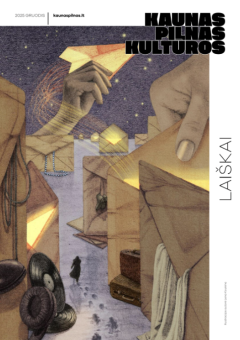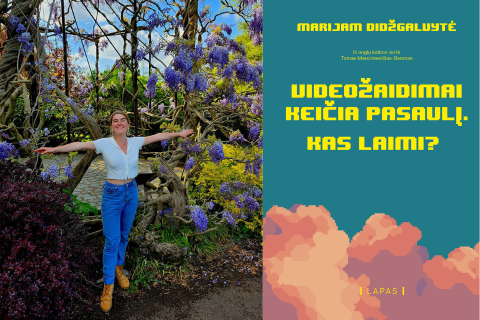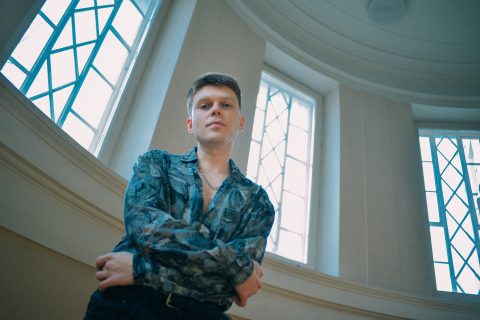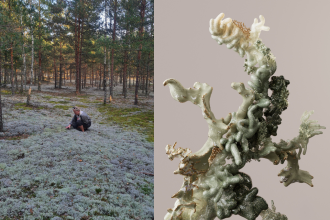“If we are united on the Ukraine issue, then there are other political challenges that I sometimes feel very lonely against,” says Lukas Mykolaitis, describing his state of mind in Kaunas. He has appeared on the pages of our magazine on several occasions as a photographer, capturing interviewees and places. However, the days of a Kaunas resident consist of many interesting layers, some of which deserve to be discussed publicly, perhaps to show how one can think without restricting oneself with definitions and rules.
Often (especially during nighttime), you might spot him wandering the streets and alleys of the city center and surrounding districts with a camera in hand. On special occasions, he can be found DJing, though he admits he does it less and less, as he no longer sees the point in adding his own music to the already overwhelming soundscape around him. Lukas also shares an unexpected piece of advice, “I now listen to music on Tidal. I like this app because it doesn’t display play counts for songs, meaning I have no idea whether what I’m listening to is popular or not. It has really expanded my horizons.”
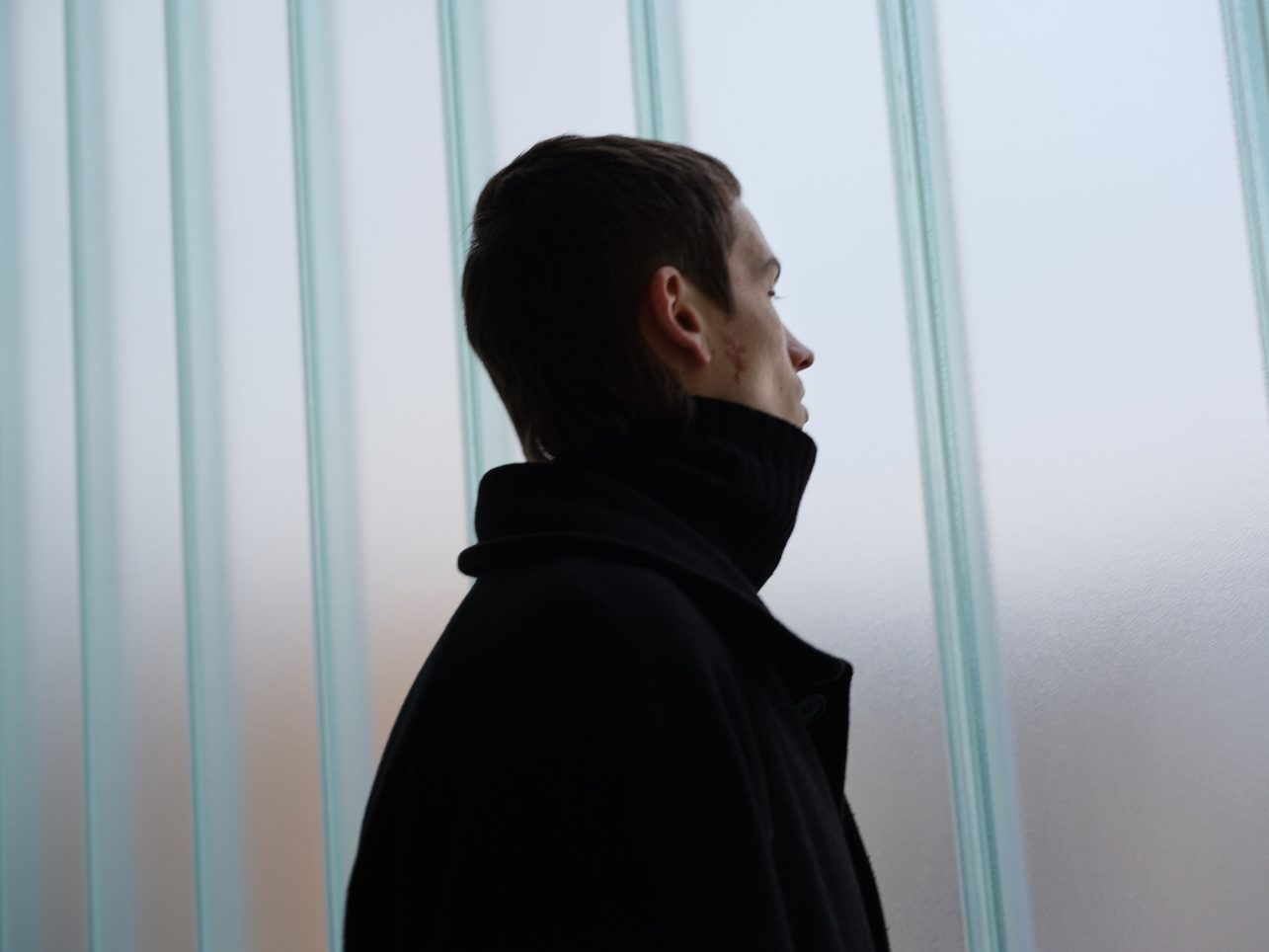
Your process seems almost the opposite of the usual one: people grow up, leave their family home, and move elsewhere. And you moved to your family house in Žaliakalnis.
Yes, I grew up at the other end of the city, but I used to come to this – the old part of Žaliakalnis – for walks. I even painted the interior of the house where my grandfather lives for my graduation project at the Kaunas Art Gymnasium, romanticizing it. As a child, I didn’t have a personal connection to that place, but later, after finishing my bachelor’s studies, I decided that I wanted to live there. The house had a half-abandoned attic where I used to go to paint. I felt like I was in a watchtower, with the whole city visible through the cracks, and the bells of the carillon tolling. Eventually, I became interested in a personal relationship with history. I discovered that my grandfather had collected a lot of archival information about the house and the street, so his example inspired me to explore the environment through history. Until then, I was just hanging out in the city.
You studied painting in the academy, why aren’t you a painter?
Photography seemed to me to be a counterbalance to painting. I just didn’t feel very happy at the Academy of Arts… I moved from Vilnius to Kaunas faculty, and I graduated, but I didn’t want to be associated with this place anymore. In general, photography became a tool to observe the city in a more comfortable, mobile way. Painting is a stationary activity, you have to be in the studio, washing brushes, which I never liked. I prefer to spontaneously choose to get up and go. So, I don’t even know what my tool really is: the camera or the walking practice.
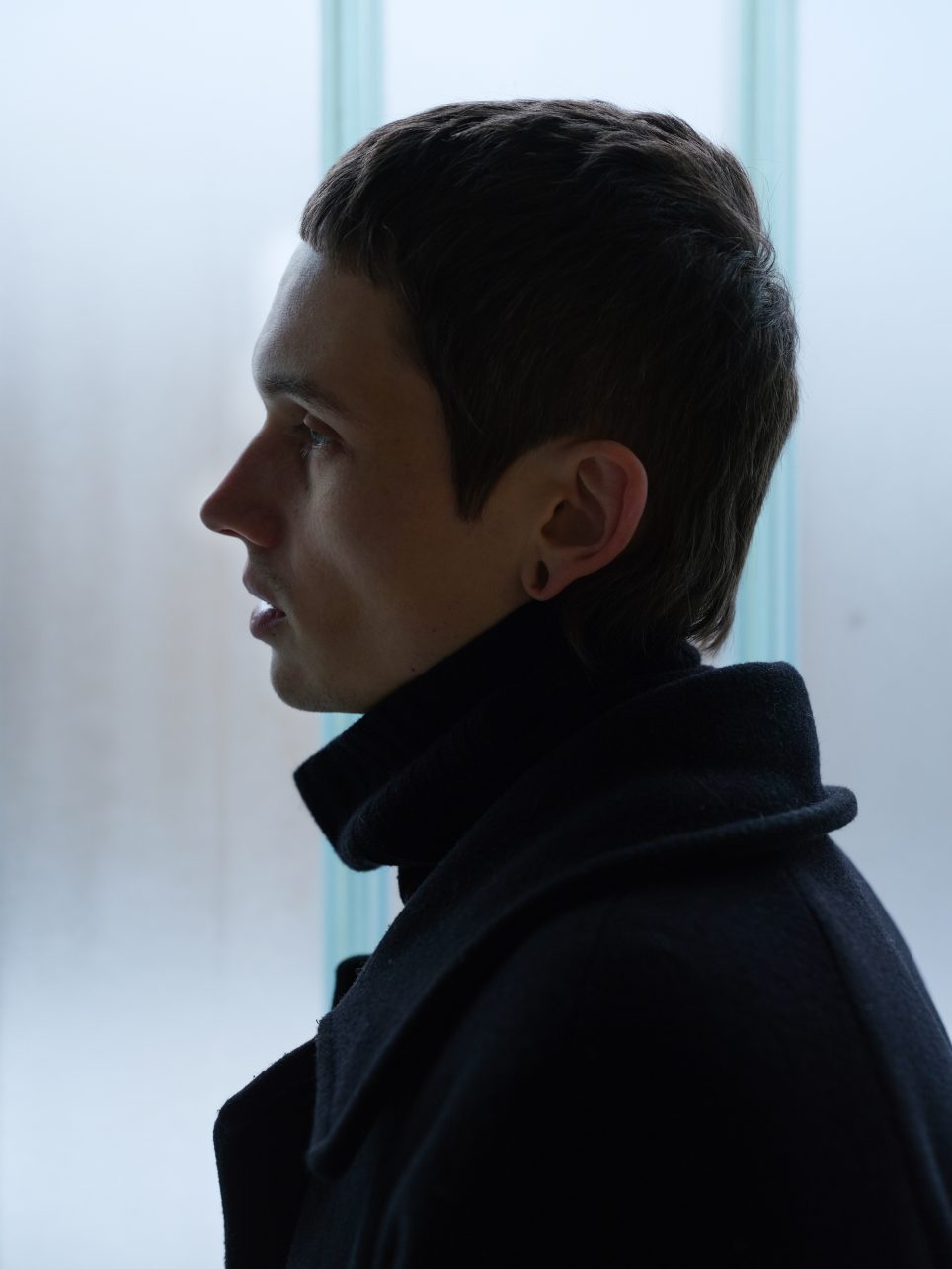
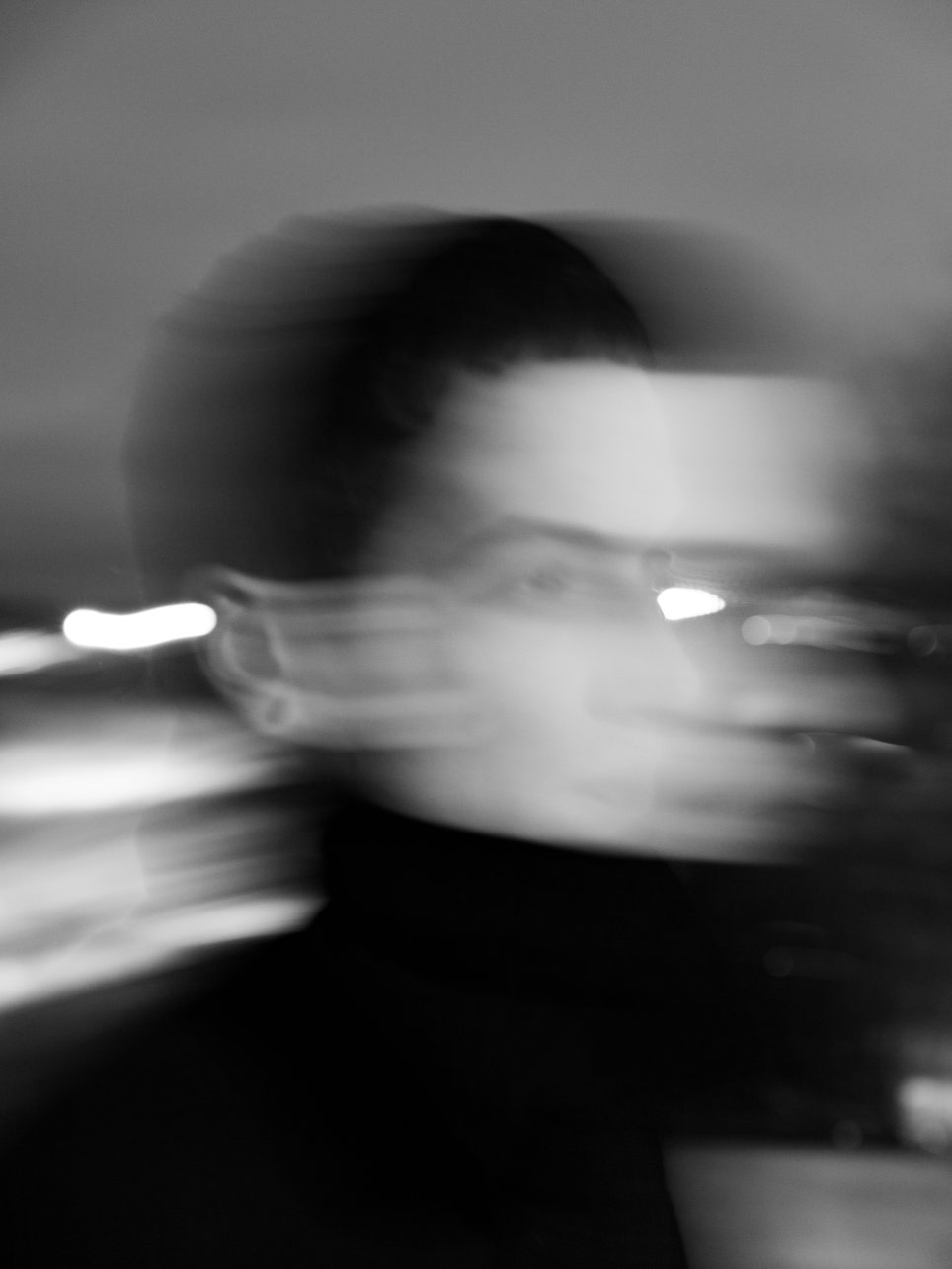
Is your desire to explore the history and stories of Kaunas related to the fact that you are not satisfied with the official presentation of the city and its image? Do you feel that there is a more interesting truth?
Probably yes, but when I started it wasn’t even clear what the official truth was. My first photography exhibition on interwar period modernism was back in 2012 or 2013 before everyone started talking about it. Even today, I can still spend an hour or two with a camera in my hand, taking photos without leaving the vicinity of my house. First, I wanted to explore my backyard as much as I could; one person couldn’t explore everything.
Yes, like-minded people are essential. We can steer the conversation toward the science-fictional Heritage Institute, which debuted with the video study Historical Dissolution in the KAVB Library of the current Kaunas Ąžuolynas Public Library building, conducted at the start of its reconstruction.
The people around me are truly inspiring. Photography started as a response to loneliness, but my practice developed further once I found like-minded individuals and began exchanging ideas. Yes, the Heritage Institute introduced itself with the video work about the library at the JCDecaux exhibition at the Contemporary Art Center in Vilnius. We also presented it at the end of 2023 during our self-initiated event Dūlà held in the administrative building of Kaunas’ old cemetery. It was a fantastic weekend: we showcased a group art exhibition, a series of lectures, and guided tours, attracting many curious Kaunas residents, not just people from the art scene. We also have some plans with the institute for this fall.
The library was the project that united us. My friend and classmate Mikas Zabulionis’ grandfather, architect Boleslovas Zabulionis, was the one who designed the building. Meanwhile, one of the co-founders of the Heritage Institute, Julija Račiūnaitė – who previously worked at the National M. K. Čiurlionis Museum and had gathered a wealth of fascinating information – spent a lot of time walking and talking with me about alternative ways to position Kaunas’ history. It was natural to combine everything (now the staff of the Heritage Institute consists of Lukas, Mikas, and Severina Venckutė, ed.).
Do you receive serious inquiries or views about the institute as an official heritage-preserving or managing entity?
We do, and often this attitude helps us – there are fewer questions about what we want here. We are often recognized at all kinds of state, and heritage-related events. We look at it with a smile, because our activities and our name are ironic after all. “Heritage Institute” sounds serious, but it’s missing at least one more word, right?
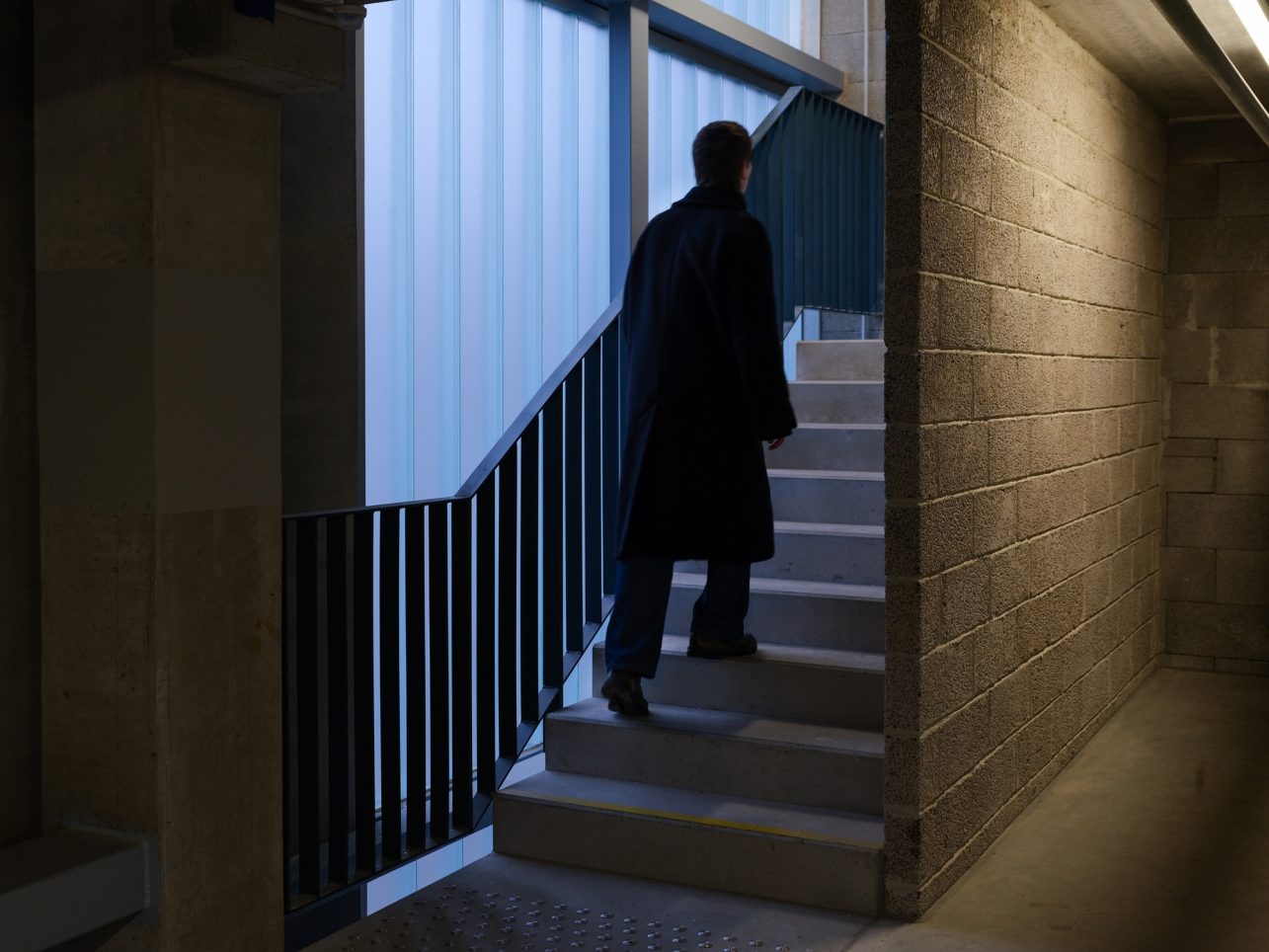
And what is a heritage to you?
Personal projects have shaped a broad view of what can be considered heritage. So, it’s probably anything that we give prominence to as memory or recollection. Officially it’s a jumble of regulations, culturally it is what we have received as a nation or as inhabitants of a region. For example, the Japanese are more interested in a plot of land, a territory, and we care more about what stands on it. The sentimental part of heritage is interesting to me, because I am well aware that it may not mean anything to others, and that is when it becomes interesting: how to tell the story to someone else so that they can look at it personally.
In October, at the International Festival of Photography and Media Art (IPMA), you presented artistic research on the Kaunas fortress fence, segments of which are still scattered in various official and private spaces in Kaunas today. How do you see yourself and your sentimental, history-sensitive projects in the general context of contemporary art, hovering between digital crossroads and burnout?
Perhaps that’s the difference between my approach and that of the heritage department [laughs], that I don’t ignore the present in which I live. I don’t value historical themes over contemporary ones, and vice versa. I’m interested in what my peers are doing, and I’m not a fanatical Kaunas patriot, I’m interested in what’s happening in other cities and countries. Memory as a keyword has been gaining popularity in contemporary art in the last few years, and it has always been important to me, and in this case, it has proved to be a niche through which I can enter this field.
You mentioned that your Heritage Institute is like an alternative to the prevailing approach. Which one?
It all started with a rather pragmatic thing. When we started researching the Kaunas County Public Library, it was not protected in any way. The map shows that the whole area around it is “heritage”, except for the library. We realized that we were thinking out of the box, because post-modern heritage seemed to us just as important as modernist heritage. It was only later, when the Žilinskas Art Gallery started to be talked about and included in the heritage lists, that a breakthrough in society took place. Only, as far as I’ve seen the plans for interior design, it will be sterilized, with only the zigzag benches remaining…
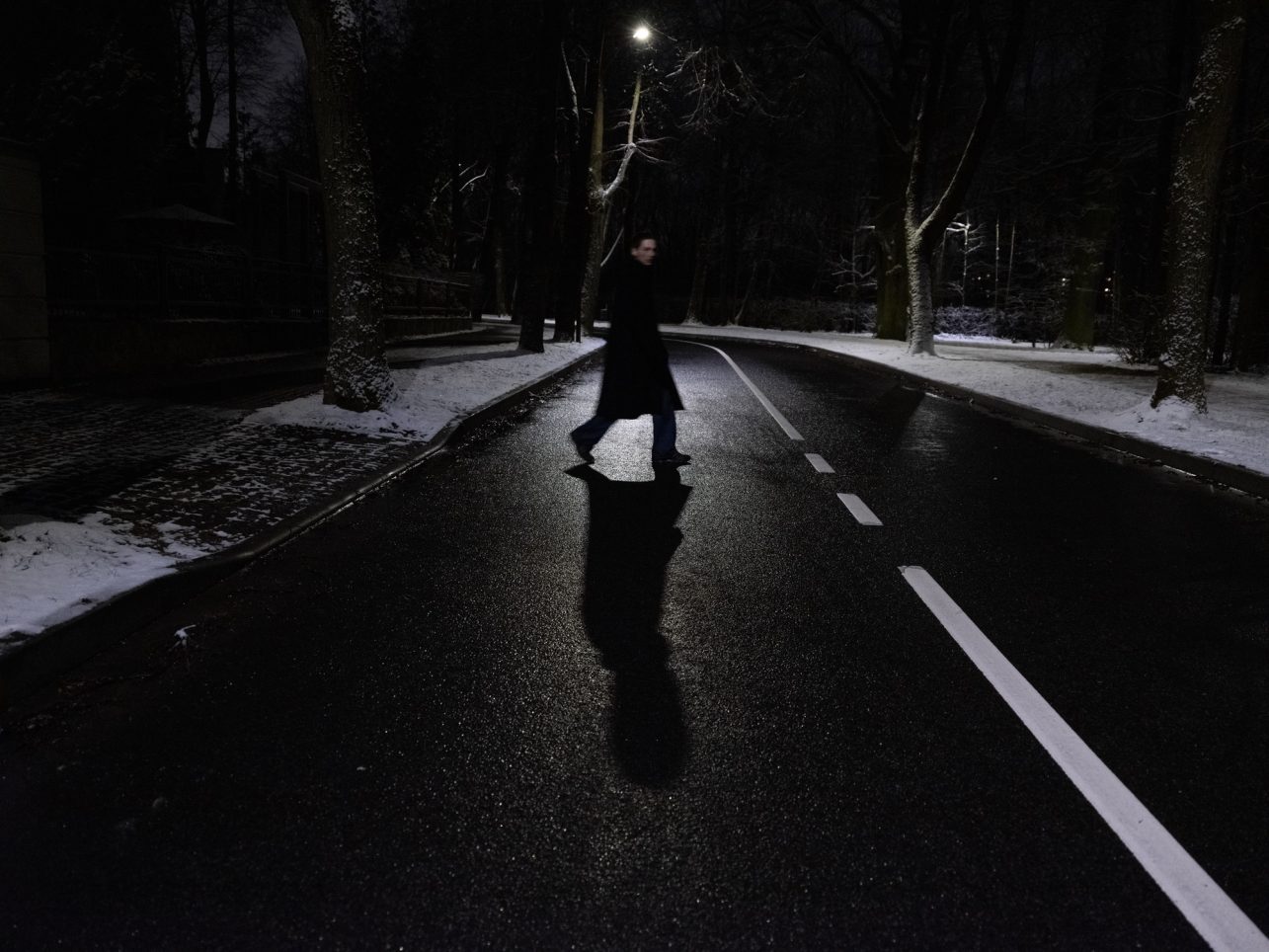
Are you going to do anything about it as an artist collective?
I don’t think so, because then we would have to dedicate ourselves to being activists, who are vocal about all the problems in the city. That takes a lot of energy and is not always productive. Our team is now more interested in creative work and that was the plan from the beginning.
You could create in Berlin or somewhere else. Why in Kaunas?
I still have unfinished business here. I have a lot of things to do here, although sometimes it seems that not everything is still relevant. But the ideas accumulate, and five or six years later I still see the sense in them. I feel that there is still more than one subject on which I have something to say. I couldn’t do it living somewhere else.
I choose to be a mediator between this city and the contemporary art scene. I think we can agree that this is an important role, and we often talk about it among ourselves in the Heritage Institute that if we don’t do it, no one will. I will do as much as I can, although there are certainly moments when I don’t feel like doing anything anymore. People’s apathy on certain issues can lead to burnout.
What are your immediate plans?
I will be presenting the aforementioned study of the fortress fence at the beginning of March at the Atletika Gallery in Vilnius, in the cultural complex Sodas 2123, in the exhibition Bakakay, curated by Monika Kornilova and Artūras Mitinas. That’s what I wanted to do with this project, I didn’t want to tell the people of Kaunas about Kaunas again: we have quite enough of that. I would rather make it into an interesting story that can resonate in another context, in this case in an exhibition about childhood and eeriness. And in the fall, as I already said, there will be news from the Heritage Institute.
